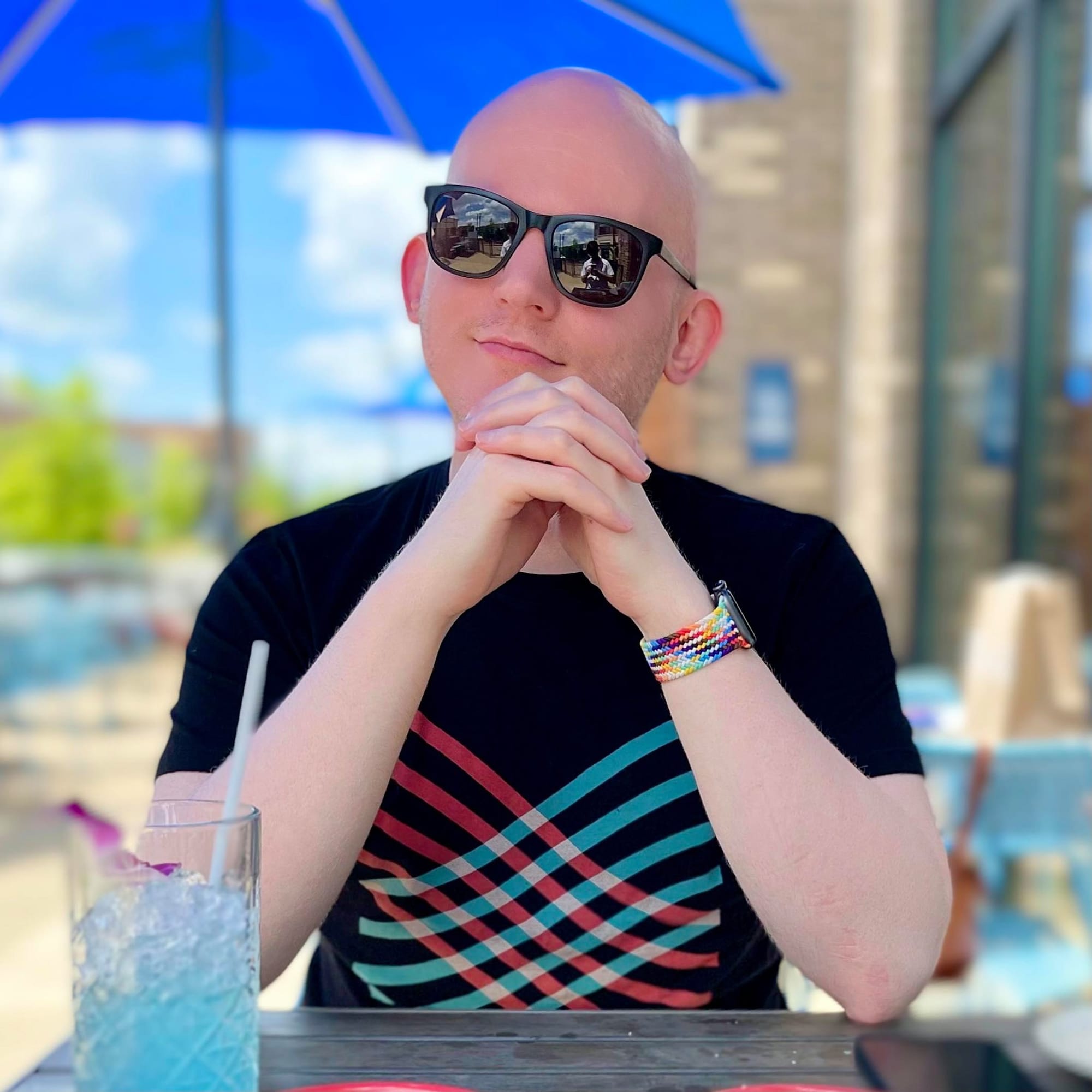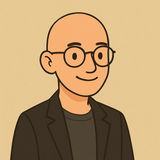Finding the Right Problem
The hardest part of solving problems isn’t the solution—it’s finding the right problem to solve.

Problem-solving is a well-trodden path. The scientific method, for instance, is one of humanity’s greatest hits—a structured, repeatable approach to tackling the unknown. But if problem-solving is such a refined skill, why do so many smart people spend years working on things that don’t really matter?
Because finding the right problem to solve is an entirely different skill. And it’s one we don’t teach.
The Overlooked Skill: Problem-Finding
Problem-finding is the art of identifying areas where your problem-solving skills can make the biggest impact. It’s the sweet spot between:
- Problems worth solving
- Problems you’re uniquely suited to solve
The reason problem-finding is harder than problem-solving is simple: there’s no widely accepted methodology for it. It’s a blind spot in our education system—one that costs people years of effort on things that, in the grand scheme, barely move the needle.
The Limits of "Do What You Know"
Conventional wisdom tells us to solve the problems we see in our immediate surroundings. Writers are told to “write what you know,” and this generalizes into “do what you know.” But this advice falls short if you don’t yet know much.
Without deep experience in a field, the problems you identify tend to suffer from one (or both) of these issues:
- They’re too personal—meaning they don’t help many people.
- The potential gains are too small to be meaningful.
Meanwhile, the world’s biggest problems—the ones worth solving—are often hiding in plain sight.
Why Big Problems Stay Invisible
Many important problems remain unsolved, not because they’re too difficult, but because people have stopped noticing them. Either they’ve given up trying to fix them, or they’ve accepted them as part of life. As Seneca put it, "We suffer more in imagination than in reality." Sometimes, the hardest problems to see are the ones we've resigned ourselves to living with.
Every complex system has inefficiencies, whether it’s healthcare, education, or supply chains. But to spot these inefficiencies, you need a rare combination of experience and fresh perspective. You must know enough about an industry to understand how things work—but not be so entrenched that you take its inefficiencies for granted.
How to Train Yourself to Find Good Problems
If you’re just starting out—whether coming out of school or launching into an entrepreneurial path—it pays to embed yourself in an industry. Any industry will do, as long as you approach it with curiosity.
- Learn the ropes. Do the work yourself. Feel the pain points firsthand.
- Stay observant. Notice the small inefficiencies others ignore.
- Keep branching out. Zoom out until you can see the whole system, not just your corner of it.
Most of the problems you solve early in your career will be small. That’s fine. The real insight comes when you realize that the biggest problem isn’t the individual tasks—it’s the fact that those tasks need solving in the first place.
The Biggest Problem You Can Solve
The best problem for you to solve is the biggest one you’re capable of tackling. And perhaps that’s why problem-finding itself is so tricky: before a problem can be discovered, someone has to care enough to go looking for it.
As Marcus Aurelius said, "What stands in the way becomes the way." If you find yourself frustrated by inefficiencies, overwhelmed by bureaucracy, or baffled by why something hasn’t been improved—congratulations. You might have just found your problem.
Now go solve it.





